Nirmala Sitharaman on 5th July presented the first budget in her new role as the finance minister of India. One of the major initiatives that she proposed is going to transform the Indian tourism industry. During the speech, she said the government will build and develop 17 iconic sites into world-class destinations to encourage the arrival of tourists in India.
“One hundred new clusters will be set up in 2019-20 to enable 50,000 artisans to come into the economic value chain,” she said.
Focus on employment creation while preserving rich tribal culture
The finance minister said the government will take measures to ensure that the rich tribal culture of the country is preserved.
A most important part of the initiative is the creation of a digital tribal repository, where photos, videos, details of origin, education, lifestyle, skill sets, traditional arts, and other anthropological information will be stored. This step seemingly will provide skill-based employment opportunities to the locals.
“The government will launch a mission to integrate traditional artisans and creative persons with the global market to obtain patents for them,” she said.
Below is the list of 17 iconic Indian sites that will be developed as world-class destinations with Pictures
1. Taj Mahal, UP

One of the most iconic and famous monuments of India, The Taj Mahal is an ivory-white marble mausoleum on the south bank of the Yamuna river in the Indian city of Agra.
2. Fatehpur Sikri, UP
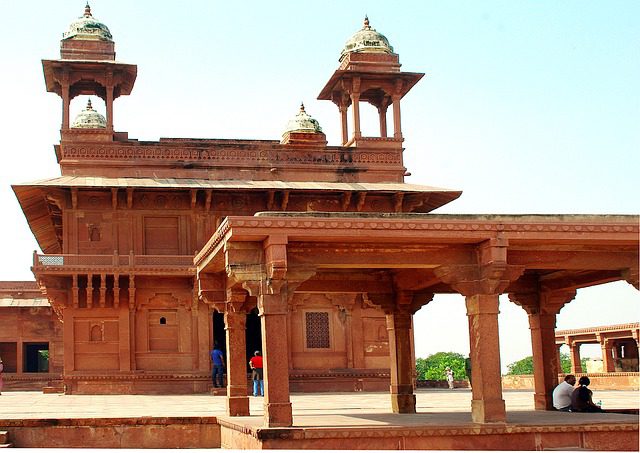
Fatehpur Sikri is a small yet amazing city in northern India, situated just west of the city of Agra. It was founded by a 16th-century Mughal emperor. Red sandstone buildings cluster at its center and provide the aesthetically pleasing view.
3. Ajanta, Maharashtra
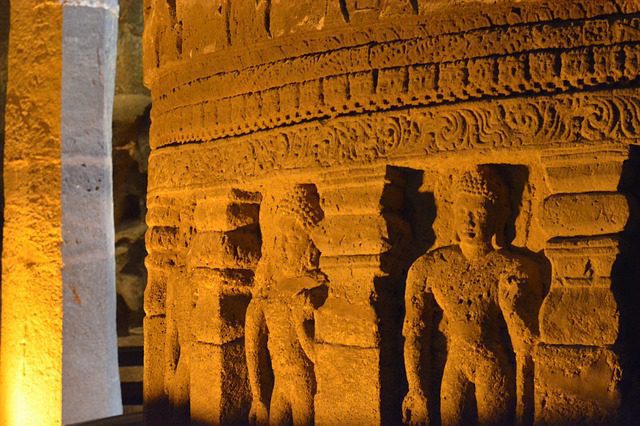
The Ajanta Caves are 30 rock-cut Buddhist cave monuments which date from the 2nd century BCE to about 480 CE in Aurangabad district of Maharashtra state of India
4. Ellora, Maharashtra
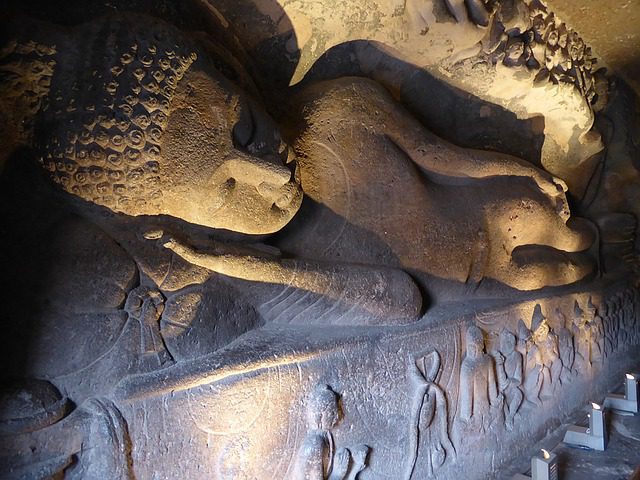
Also located in Aurangabad, Maharashtra, Ellora is a UNESCO World Heritage Site and is one of the largest rock-cut monastery-temple cave complexes in the world.
5. Humayun’s Tomb, New Delhi
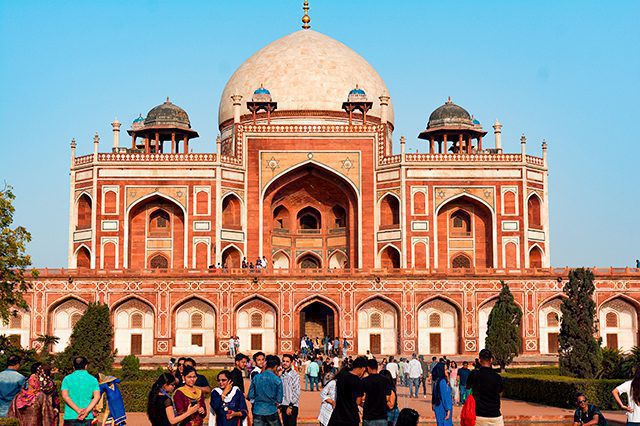
A masterpiece of Mughal architecture, Humayun’s tomb is the tomb of the Mughal Emperor Humayun in Delhi, India.
6. Red Fort, New Delhi
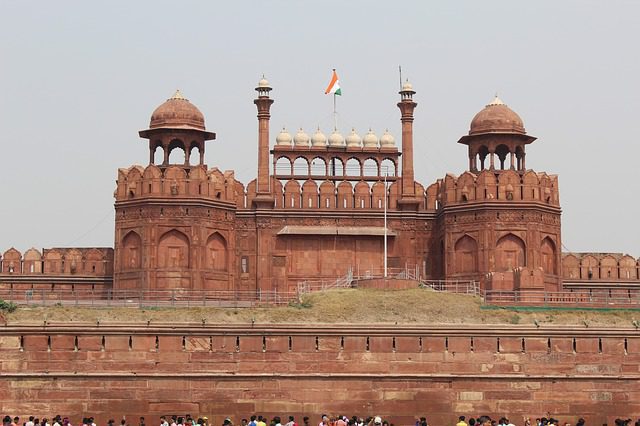
The Red Fort is a historic fort in the city of Delhi in India. It was the main residence of the emperors of the Mughal dynasty for nearly 200 years, until 1856.
7. Qutub Minar, New Delhi
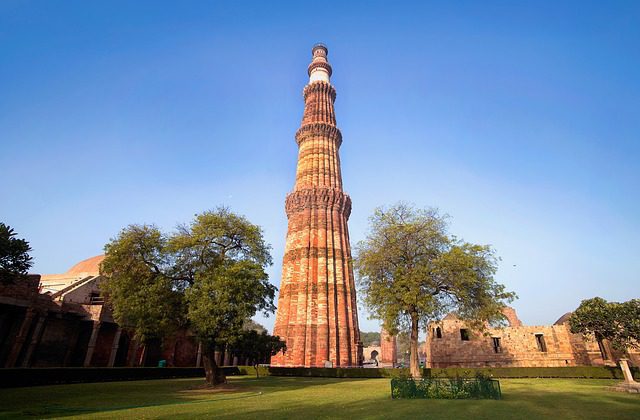
The Qutub Minar is a minaret that forms part of the Qutb complex, a UNESCO World Heritage Site in the Mehrauli area of Delhi, India. Qutb Minar is a 73-meter tall tapering tower of five storeys, with a 14.3 meters base diameter, reducing to 2.7 meters at the top of the peak.
8. Colva beach, Goa

Kolva beach is one of the largest and striking beaches of South Goa that has fine powdered white sand and bounded by coconut palms that elongate from Bogmalo to Cabo de Rama alongside the coastline of south Goa.
9. Amer Fort, Rajasthan
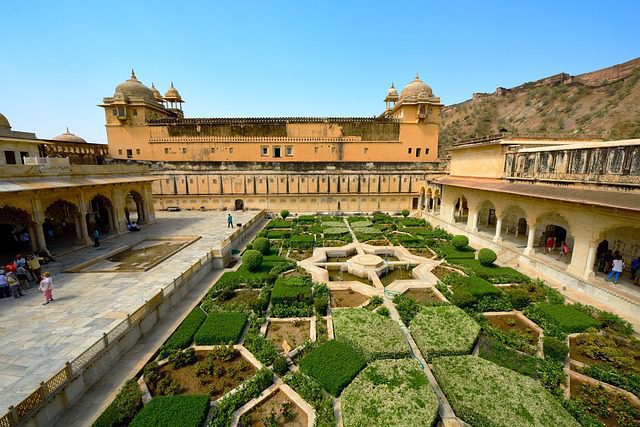
Amer Fort is a fort located in Amer, Rajasthan, India. Amer is a town with an area of 4 square km located 11 km from Jaipur, the capital of Rajasthan. Located high on a hill, it is the principal tourist attraction in Jaipur.
10. Somnath, Gujarat
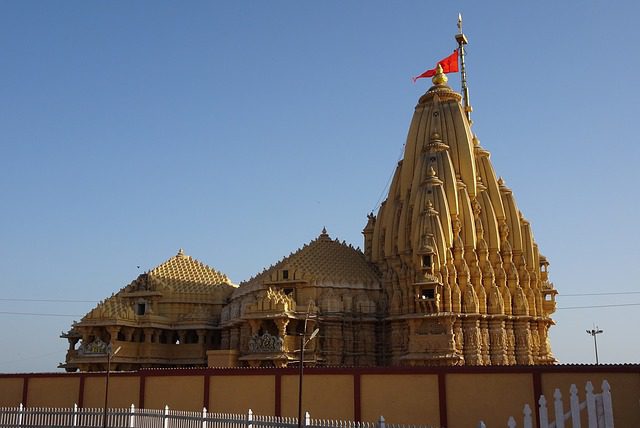
Shree Somnath is first among the twelve Aadi Jyotirlings of India. It has a strategic location on the western coast of India.
11. Dholavira, Gujarat
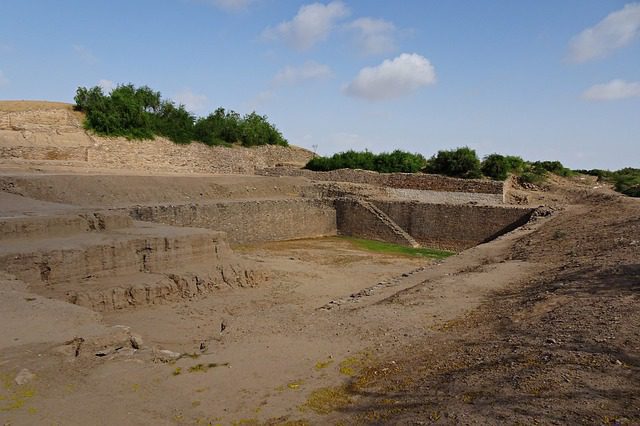
Dholavira is an archaeological site at Khadirbet in Bhachau Taluka of Kutch District, in the state of Gujarat in western India, which has taken its name from a modern-day village 1 km south of it. This village is 165 km from Radhanpur.
12. Khajuraho, Madhya Pradesh
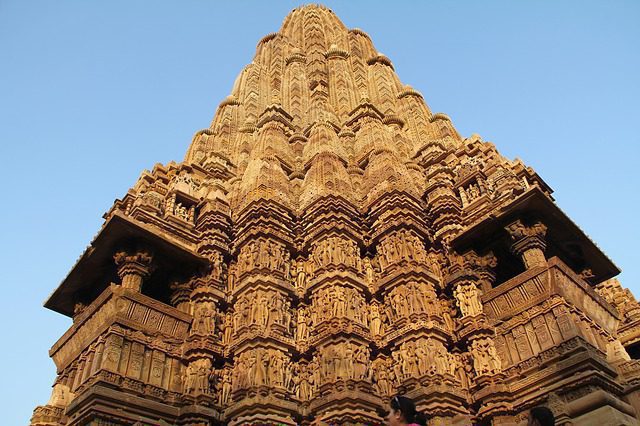
Description
The Khajuraho Group of Monuments is a group of Hindu temples and Jain temples in Chhatarpur district, Madhya Pradesh, India, about 175 km southeast of Jhansi. They are a UNESCO World Heritage Site. The temples are famous for their nagara-style architectural symbolism and their erotic sculptures.
13. Hampi, Karnataka

Hampi is an ancient village in the south Indian state of Karnataka. It’s dotted with numerous ruined temple complexes from the Vijayanagara Empire.
14. Mahabalipuram, Tamil Nadu
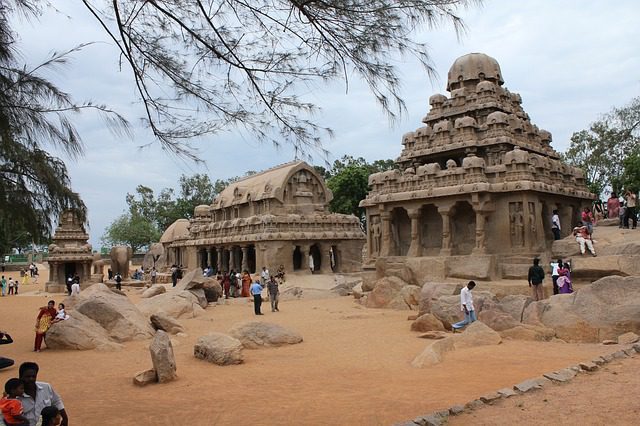
Mahabalipuram, is a town on a strip of land between the Bay of Bengal and the Great Salt Lake, in the south Indian state of Tamil Nadu. It’s known for its temples and monuments built by the Pallava dynasty in the 7th and 8th centuries.
15. Kaziranga, Assam
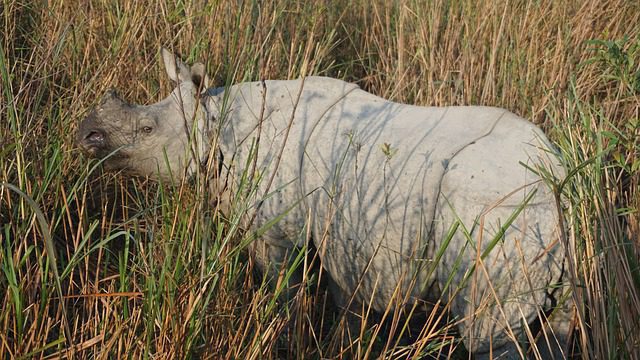
Kaziranga National Park is a protected area in the northeast Indian state of Assam. Spread across the floodplains of the Brahmaputra River, its forests, wetlands, and grasslands are home to tigers, elephants and the world’s largest population of Indian one-horned rhinoceroses.
16. Kumarakom, Kerala and
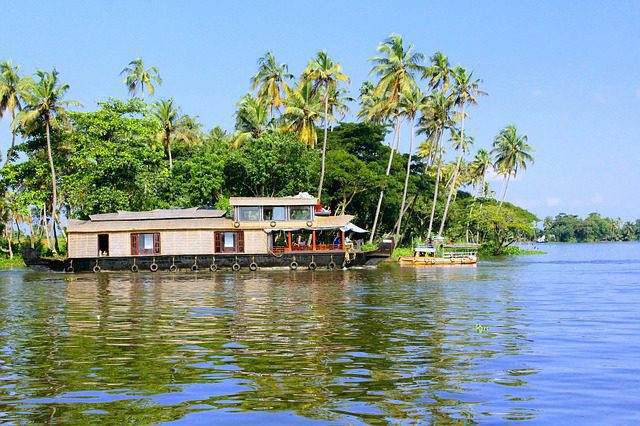
Kumarakom is a village on Vembanad Lake in the backwaters of Kerala, southern India. It’s laced with canals, where houseboats ply the waters. Kumarakom Bird Sanctuary is home to many species including cuckoos and Siberian storks. Nearby, the Bay Island Driftwood Museum displays wooden sculptures.
17. Mahabodhi, Bihar
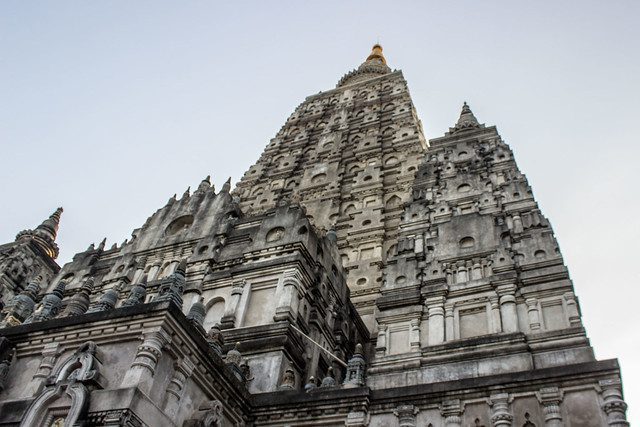
The Mahabodhi Temple, a UNESCO World Heritage Site, is an ancient, but much rebuilt and restored, a Buddhist temple in Bodh Gaya, marking the location where the Buddha is said to have attained enlightenment. Bodh Gaya is about 96 km from Patna, Bihar state, India.
Collaboration with ASI and State Archaeology Departments
It is noteworthy that all the monuments chosen for development under the project are managed by the of the Archaeological Survey of India (ASI) and various State Archaeology Departments. The idea is to collaborate with the ASI and State Governments at every level. Moreover, development plans will have elements of universal accessibility, cleanliness at the monuments, use of Green Technology and enhanced security for the tourists.


